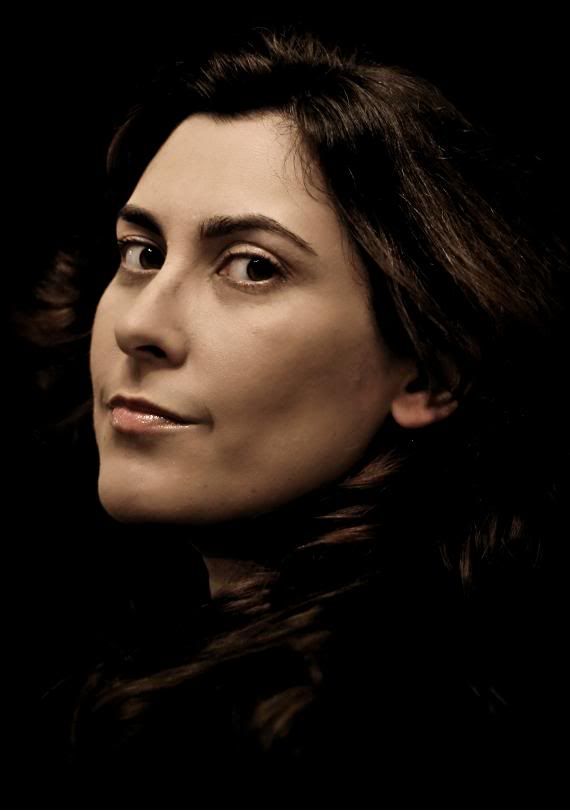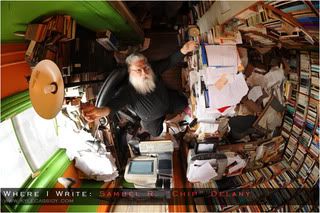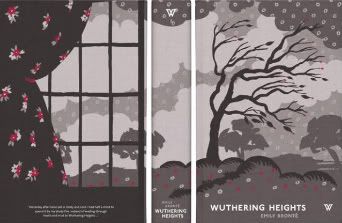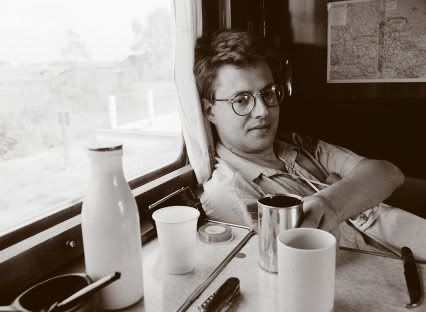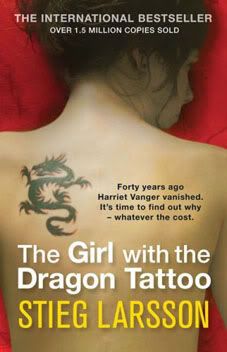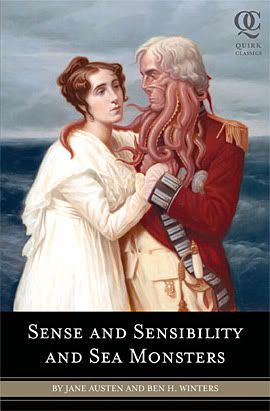
This week, our ‘Five Questions with...’ features Sarah Rees Brennan, a young Irish writer whose first book, The Demon's Lexicon, was published this summer. You might also like to have a look at Sarah’s blog on LiveJournal, called Sarah Tells Tales.
1. What are you working on at the moment?
I'm working on the third book in my Demon's Lexicon trilogy, The Demon's Talisman, and a romantic comedy I'm co-writing with a friend. Working on two things at once is always interesting - you find yourself accidentally inserting demons into the comedy, and lovers' squabbles into the sword fights, and then realising you really need your morning caffeine injection.
2. Who's the best new writer you've come across recently?
I would have to pick two - Margi Stohl and Kami Garcia wrote Beautiful Creatures, a gothic-to-modern romance set in the deep South which isn't out yet, but which I really enjoyed. I was particularly seduced by the exotic food, though of course being Irish, 'gravy and biscuits' immediately makes me think of someone upending a gravy boat over a packet of Rich Tea digestives.
3. Do you have any peculiar rituals you do before you start writing?
Aside from the ritual goat sacrifice? Heh, no: I tend to check my email, drink three cups of tea, and go to writer town. Some people might consider my continuous listening to country music as a peculiar ritual, though... My flatmates have certainly expressed that opinion.
4. Who's your favourite literary character?
Elizabeth Bennet from Pride and Prejudice. I love her! She's funny and flawed, attractive without ever being the best-looking in the room and without ever minding that she's not the best-looking girl in the room, and really just impossible not to love. I wish I knew how Jane Austen did that!
5. If you could be anything else in the world, except a writer, what would it be?
I think I would be the possessor of an incredibly sophisticated robot suit, which enabled me to fight crime without ever risking being harmed. (I would have lasers in my robot arms, and a comfy chair and kettle inside the suit.) Failing that, there are the options of working in a bookshop, being queen, and being the Official Taster for all the chocolate factories in the world...
[Pádraig]
1. What are you working on at the moment?
I'm working on the third book in my Demon's Lexicon trilogy, The Demon's Talisman, and a romantic comedy I'm co-writing with a friend. Working on two things at once is always interesting - you find yourself accidentally inserting demons into the comedy, and lovers' squabbles into the sword fights, and then realising you really need your morning caffeine injection.
2. Who's the best new writer you've come across recently?
I would have to pick two - Margi Stohl and Kami Garcia wrote Beautiful Creatures, a gothic-to-modern romance set in the deep South which isn't out yet, but which I really enjoyed. I was particularly seduced by the exotic food, though of course being Irish, 'gravy and biscuits' immediately makes me think of someone upending a gravy boat over a packet of Rich Tea digestives.
3. Do you have any peculiar rituals you do before you start writing?
Aside from the ritual goat sacrifice? Heh, no: I tend to check my email, drink three cups of tea, and go to writer town. Some people might consider my continuous listening to country music as a peculiar ritual, though... My flatmates have certainly expressed that opinion.
4. Who's your favourite literary character?
Elizabeth Bennet from Pride and Prejudice. I love her! She's funny and flawed, attractive without ever being the best-looking in the room and without ever minding that she's not the best-looking girl in the room, and really just impossible not to love. I wish I knew how Jane Austen did that!
5. If you could be anything else in the world, except a writer, what would it be?
I think I would be the possessor of an incredibly sophisticated robot suit, which enabled me to fight crime without ever risking being harmed. (I would have lasers in my robot arms, and a comfy chair and kettle inside the suit.) Failing that, there are the options of working in a bookshop, being queen, and being the Official Taster for all the chocolate factories in the world...
[Pádraig]


